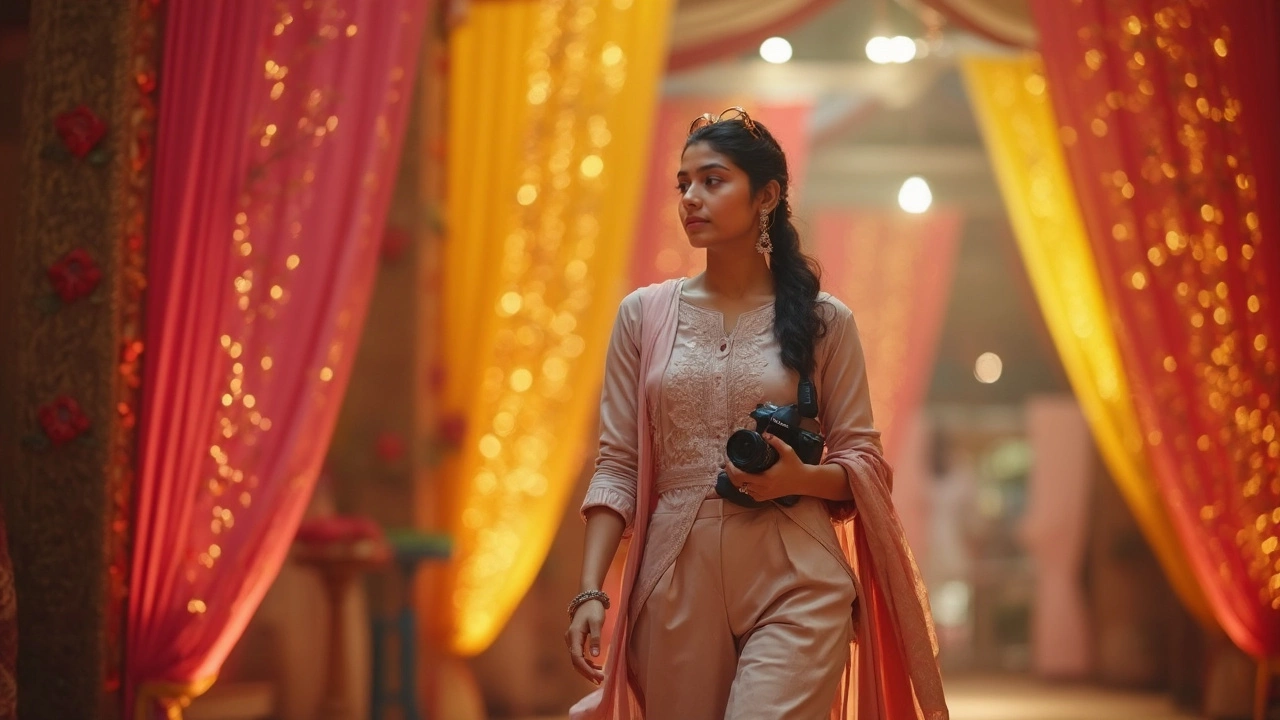
Showing up to a wedding with the wrong outfit as a photographer isn’t just awkward—it can ruin your whole day. You’re kneeling, you’re moving quick, you're sometimes sweating bullets. The dress you pick can decide if you ace those candids or miss them fiddling with a shoelace.
It’s not about blending into the wallpaper but about not standing out for the wrong reasons. Think practical: can you squat down and stand up without worrying? Can you wear this outfit for twelve hours straight without wishing you brought a backup?
Most female photographers go for dark colors because they’re less distracting and they hide stains (pro tip: wedding cake always finds a way). Fabrics with a touch of stretch save your dignity during those low-angle shots. And whatever you do, check the weather—filming in silk during a garden wedding in July is basically wearing a sauna suit. Start with the vibe of the wedding, but always check in with your own comfort first.
- Dress Code vs. Functionality
- Best Colors and Fabrics
- Shoes: Your Secret Weapon
- Pockets, Bags, and Gear
- Dressing for Different Wedding Styles
- Common Mistakes to Avoid
Dress Code vs. Functionality
Every wedding has its own rules. You’ll see everything from super formal black-tie events where some guests look ready for the Oscars, all the way to beach weddings where flip-flops are basically the norm. Either way, most couples expect their vendors to look neat, blend in, and not embarrass anyone in the background of the cake cutting.
But here’s what a lot of new photographers get wrong: they think “dressing up” means stiff clothes, high heels, or even fancy dresses. The reality is, if you can’t move, you can’t shoot. Most seasoned female photographers pick outfits that keep it professional but don’t limit their movement. You have to be prepared for crawling, squatting, or sprinting because the day flies by. And trust me, you’ll regret tight pants or a skirt that rides up every time you kneel for a shot.
You want clothing that’s:
- Not overly showy—this isn’t your day.
- Neutral or dark in color (think navy, black, deep green, charcoal) to avoid standing out or clashing with the wedding palette.
- Made from breathable, slightly stretchy fabric. Side benefit: sweat and stress stains won’t ruin your photos or your mood.
- Loose enough to move, but fitted enough to look put-together in front of guests.
Let’s get real about what photographers actually wear on the job. Here’s a snapshot from a recent online poll of 150 wedding photographers on what they wore in 2024:
| Outfit Choice | % Preferred |
|---|---|
| Black tailored pants & blouse | 63% |
| Blazer over a tee or blouse | 19% |
| Black dress with leggings | 9% |
| Business-casual jumpsuit | 7% |
| Other (skirts, jeans, etc.) | 2% |
Most couples don’t send out a dress code for vendors, so when in doubt, ask ahead if the wedding is formal, semi-formal, or casual. When you know the vibe, you can pick something that ticks the boxes for both looking sharp and moving easily. The goal? To look like you belong, just with a camera in your hand and fewer wardrobe regrets at the end of the day.
Best Colors and Fabrics
If you’re a female photographer at a wedding, your color and fabric choices can totally change your experience. Wearing black is still the gold standard for most. You blend in with the waitstaff, you barely appear in mirrors or glass, and any splash of wine or cake goes mostly unnoticed. But you don’t always have to go full ninja: navy, charcoal, and deep greens also keep things subtle and pro. Just skip anything super bright or with wild patterns—remember, you're not the main attraction, the couple is.
Fabric matters, especially when you’re sweating it out or racing through a packed dance floor. Cotton blends, spandex, and moisture-wicking materials are your friends. They breathe, stretch, and don’t look wrinkled an hour in. Linen might seem breezy, but it wrinkles if you just look at it funny—save that for backyard shoots, not black-tie events. Stay away from silk or anything super silky, unless you love sweat stains and panic about snags.
- Stick with blacks, navies, and earth tones for most traditional weddings.
- If the couple has a unique dress code—like an all-white or pastel event—just ask them what fits best.
- Go for matte finishes instead of anything shiny that catches camera flashes.
Check the weather too. You want layers if it’s chilly, and if it’s summer and you're working outdoors, airy fabrics (like stretchy cotton) will save you.
| Fabric Type | Pros | Cons |
|---|---|---|
| Cotton Blend | Breathable, soft, easy to wash | Can wrinkle without some stretch |
| Spandex/Polyester | Stretches, moves with you, sweat-friendly | Might get hot if too thick |
| Linen | Super breathable | Wrinkles fast, stains stay |
| Wool Blend | Warm, professional look | Too hot for summer |
| Silk | Looks elegant | Shows stains, snags easily |
Long sleeves or layers help in case the church has the AC blasting. For full-day weddings, aim for something with a built-in lining so you don’t itch by the reception. Little things like this can really save your day.
Shoes: Your Secret Weapon
If there’s one thing that separates pros from newbies in wedding photography, it’s what’s on their feet. Seriously—your day can go downhill fast if you’re fighting with blisters or slipping on a dance floor. Comfortable shoes aren’t a luxury; they’re a must for any female photographer working long hours.
Start by skipping anything with heels over an inch unless you have Olympic-level balance. Most pros swear by supportive flats, sneakers that pass as dress shoes, or even clean loafers. Look for shoes labeled with “all day support” or “standing comfort” in store descriptions. Brands like Vionic, Clarks, and Allbirds keep popping up in conversations for a reason—they mix function and style, no orthopedic-vibe required.
Good grip is huge. Many wedding venues have slick tile, grass, or cobblestones. Shoes with rubber soles keep you from embarrassing slips, especially if you’re darting between tables or backing up for that wide shot. Another lifesaver: insoles. Swapping in high-quality gel or memory foam insoles can make even cheaper shoes workable for a full 10-12 hour day.
Quick checklist for wedding-ready shoes:
- No crazy heels—too risky on uneven ground.
- Closed toe is safer for your feet (those rolling carts and camera bags are toe killers).
- Break them in at least a week before the gig.
- Water-resistant materials in case it pours or you’re shooting outdoors.
- Easy to clean—the dance floor gets messy.
Bring a backup pair just in case something goes sideways. If you’re traveling with your gear anyway, tossing in some foldable flats or slip-ons is no big deal. Your feet will thank you when everyone else is ready for cake and you’re not hobbling to pack up your gear.
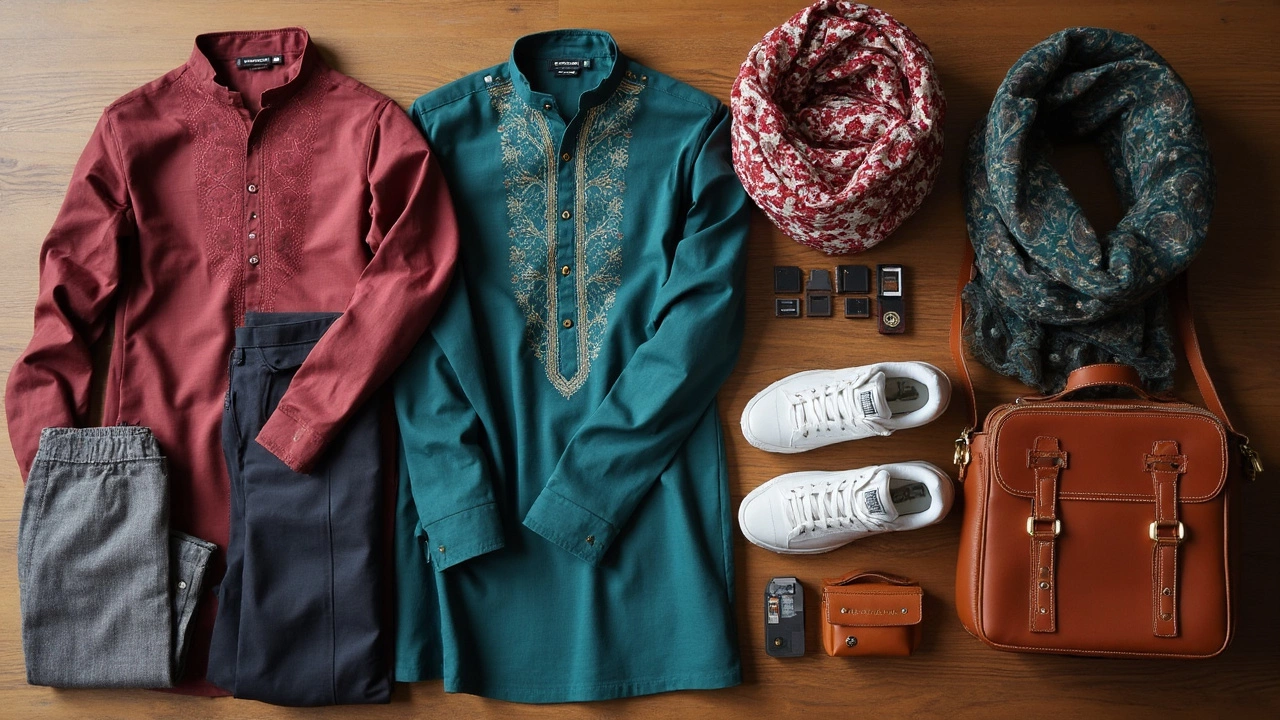
Pockets, Bags, and Gear
If you’re a female photographer at a wedding, you need fast access to memory cards, batteries, plus your phone, lens wipes, and maybe a snack. Forget tiny clutches or bulky purses—you want something that moves with you all day and doesn't weigh you down.
Pockets are a lifesaver. Cargo pants and utility jumpsuits with zippered or buttoned pockets keep your essentials safe and close. Dresses with pockets exist, but test them first—many are more for style than function. Some wedding photographers have custom dresses made with deep, hidden pockets. Handy? Absolutely. But hard to find off the rack.
Most pros end up relying on crossbody bags, camera holsters, or even tool belts. Crossbody camera bags spread the weight and leave your hands free. Holsters (like the popular HoldFast MoneyMaker) keep your cameras close and don’t swing around when you crouch. Tool belts for photographers have loops and pouches for memory cards, flashes, and snacks.
- Use a slim crossbody bag for your memory cards, batteries, and phone.
- Clip multi-tools or lens pens to your belt if you don’t want to hunt around in your bag.
- Choose camera straps that don’t dig into your shoulder if you’re wearing something sleeveless.
Stats from WPPI (Wedding & Portrait Photographers International) say over 70% of wedding photographers use specialty gear bags or belts for long shoot days. Here’s a quick look at what’s most popular:
| Accessory Type | Percentage of Photographers Using |
|---|---|
| Crossbody Camera Bags | 44% |
| Dual Camera Harness | 29% |
| Tool Belt or Pouch | 22% |
| No Extra Gear (pockets only) | 5% |
Remember, the bag or belt you pick should match your outfit and wedding style, but comfort wins every time. Test your setup at home—loading gear in and moving around—so you’re not stuck readjusting during a key moment at the reception.
Dressing for Different Wedding Styles
Weddings come in all shapes—from black-tie hotel gigs to barefoot backyard affairs—so your outfit has to match the vibe, not just meet basic comfort. Here’s how to break it down and avoid awkward moments.
If you’re shooting a super formal or black-tie wedding, aim for something like tailored dress pants or a sleek jumpsuit with a simple blouse. A blazer works if you want an extra layer but choose one with some stretch. You want to look pulled together but never outshine the couple or bridal party. Avoid sequins and anything that might reflect flash photography—trust me, nothing says amateur like catching your own sparkles in a shot.
For barn or rustic weddings, function takes the wheel. Dust, uneven ground, and unpredictable weather are part of the scene. Opt for comfortable black jeans, a dark top, and weather-friendly shoes (closed-toe is non-negotiable—hay and open toes do not mix). Layering is your friend because barns and tents can go from chilly in the morning to sweaty by sunset.
Outdoor garden weddings often mean sun, wind, and sometimes mud. Light, breathable fabrics help you survive a heat wave while still looking put together. Cropped pants, moisture-wicking tops, and shoes you don’t mind getting a bit dirty are smart choices. Always double-check your top—is it sheer in the sunlight? This is one of those places where you’ll be glad you thought ahead.
Beach weddings bring their own struggles. Sand everywhere, blazing sun, salty air. Lightweight, loose pants or a midi skirt (that doesn’t blow up with every breeze) work great. Sandals with real foot support beat basic flats. Don’t forget sunglasses with a strap—you do not want your shades slipping off just as the first kiss happens.
- Match your outfit to the dress code and location.
- Pick fabrics that move with you and breathe in heat.
- Always prep for weather changes—an emergency raincoat or wrap can save you.
- Steer clear of bold prints; you want guests focused on you as the female photographer, not your shirt.
- Always have a backup top and a stain-remover stick in your bag—weddings are unpredictable.
When in doubt, ask the couple or planner for their take on the day’s style. It shows you’re a pro and helps you blend in instead of sticking out.
Common Mistakes to Avoid
You’ve probably seen at least one photographer stuck in heels at a wedding, wincing with every step while trying to capture the first dance. That’s just the tip of the iceberg when it comes to style blunders that can wreck your day and spoil your photos. Here’s what to watch out for:
- Wearing Uncomfortable Shoes: It sounds obvious, but surveys show over 60% of new photographers admit to picking style over comfort their first season. Sore feet kill your focus fast. Those ballet flats might feel okay at breakfast, but after eight hours of running around, you’ll wish for actual support.
- Ignoring the Dress Code: Some venues have sneaky rules about open-toed shoes, shoulders, or even color. Always check if there’s a dress code before you show up—no one remembers to check until they’ve been pulled aside by a coordinator.
- Fabrics That Crease or Sweat Easily: Light colors look great until you’re sweating through them. Cotton can get wrinkled fast and doesn't always move with you, so consider buying blends with spandex or polyester.
- Jewelry and Accessories That Snag: Dangly earrings and chunky bracelets look cute until they catch on your bag, get tangled in your camera strap, or bang into a table centerpiece mid-shot.
- Wearing White or Bright Colors: This one’s almost a rule. You never want to be mistaken for a guest, and being the only one in bright pink in a sea of earth tones doesn’t help you blend in.
- Forgetting About Pockets or Storage: Not every dress has pockets, and you always need quick access to memory cards, batteries, and maybe even a snack. Lack of storage racks up wasted time.
Take a look at a quick breakdown of mistakes and their impact on wedding day performance:
| Mistake | Common Consequence |
|---|---|
| Uncomfortable shoes | 42% report missing shots due to sore feet |
| Ignoring dress code | 21% asked to change/cover up |
| No pockets/storage | 34% say they couldn't find a battery/card in time |
| Wrong colors | 27% mistaken for guest or felt out of place |
| Heavy, non-breathable fabric | 18% overheated or visibly sweated through outfit |
The golden rule: dress so you can move, last all day, and look like the pro you are. One wrong outfit won’t be the end of the world, but learning these lessons the hard way is never fun. Catch those mistakes before they catch up to you, and you’ll spend the day nailing photos instead of fixing wardrobe woes.
Releted Post
10 Feb 2025
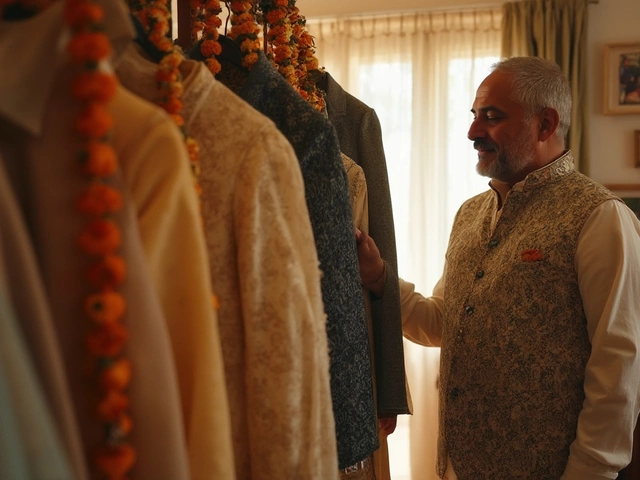
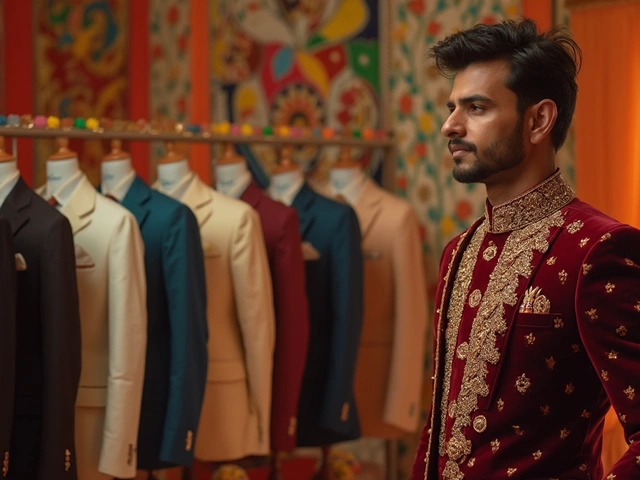
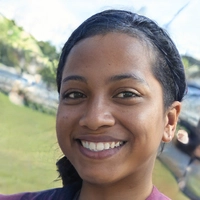
Comments
Post Comment